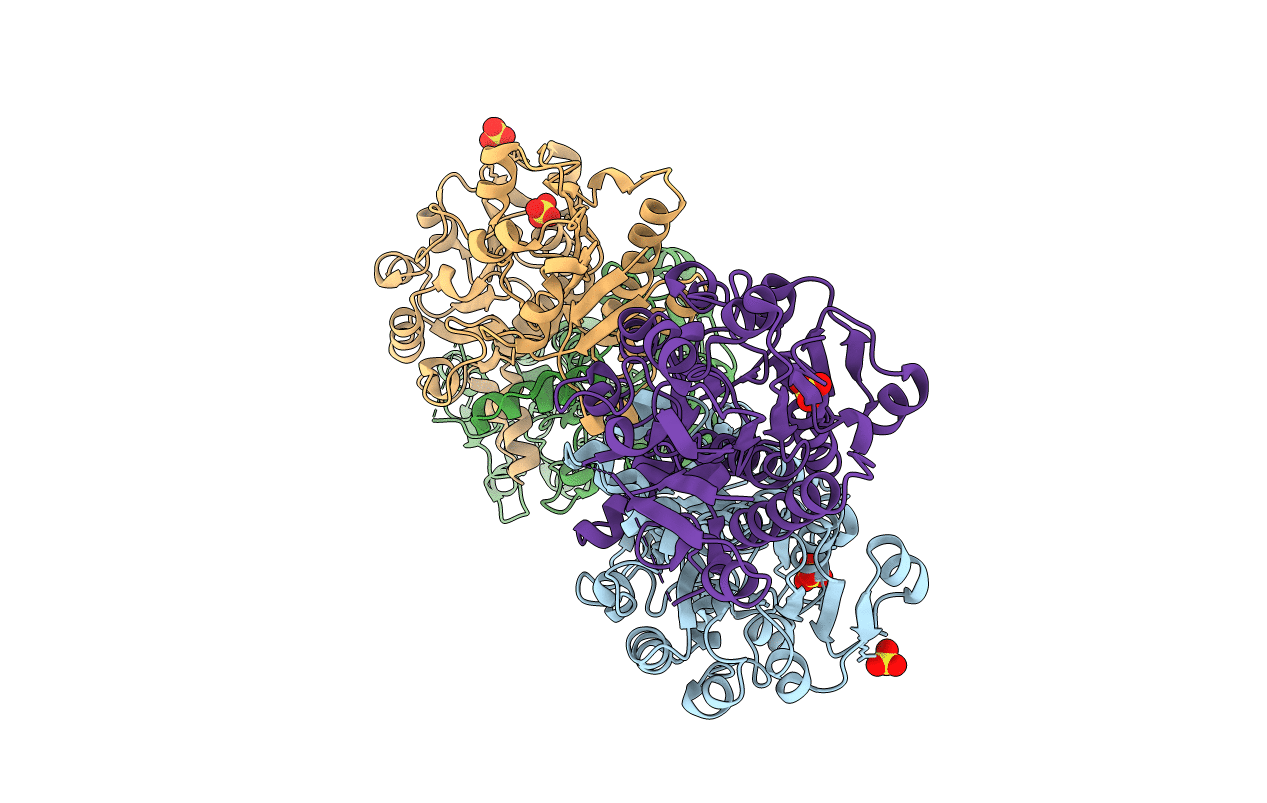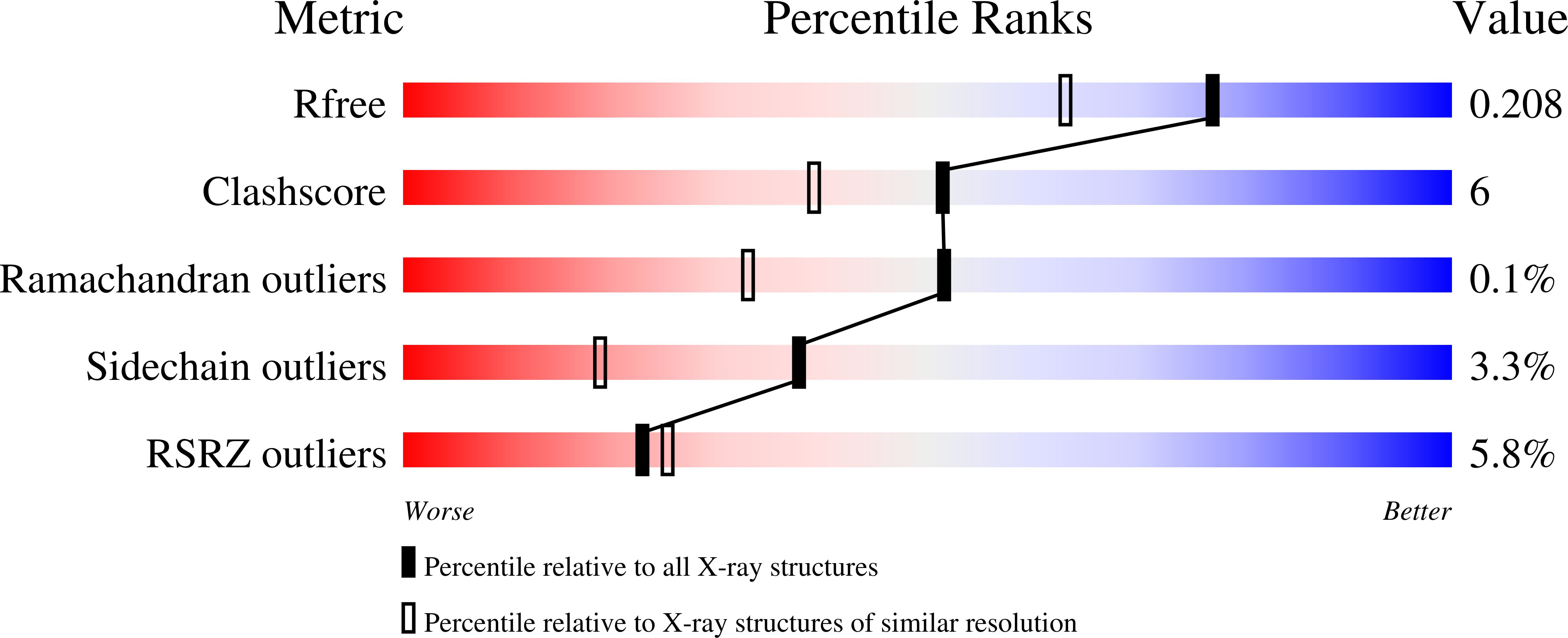
Deposition Date
2006-01-23
Release Date
2007-02-13
Last Version Date
2024-05-29
Entry Detail
PDB ID:
2FSS
Keywords:
Title:
Candida boidinii formate dehydrogenase (FDH) K47E mutant
Biological Source:
Source Organism:
Candida boidinii (Taxon ID: 5477)
Host Organism:
Method Details:
Experimental Method:
Resolution:
1.70 Å
R-Value Free:
0.24
R-Value Work:
0.20
R-Value Observed:
0.20
Space Group:
P 1


